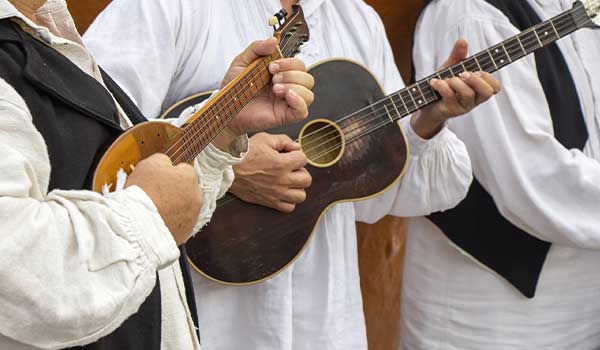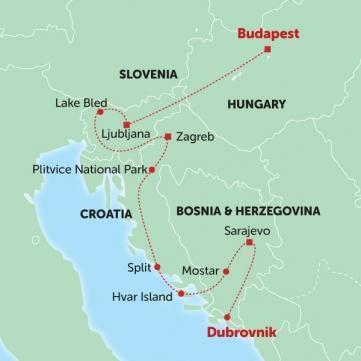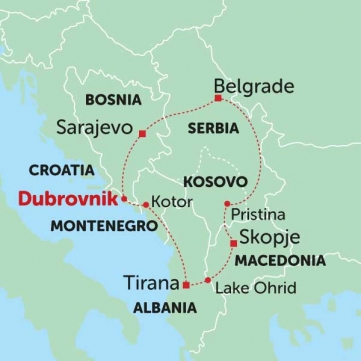Book NOW for $1 £1 €1 • Flexible Payments • No Change Fees • Private Departures Available
- Home >>
- Best time to visit Croatia
Best time
to visit Croatia
In general, the best time to visit Croatia is during the shoulder seasons from late April to early July and early September to October. The weather is normally still warm and pleasant with sunny days and it’s much less crowded than during the high season.
The high season in Croatia is during summer (July and August), which is by far the busiest time to visit. This is when the days are long and temperatures are generally quite high. Due to the beautiful coastline, islands and water activities available, summer is by far the most popular time to visit Croatia.
Top Tip!
Autumn is a lovely time to visit Plitvice National Park, with the leaves changing colours.
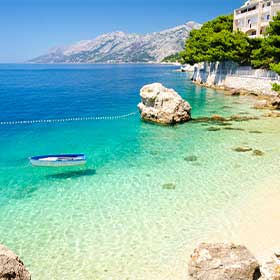
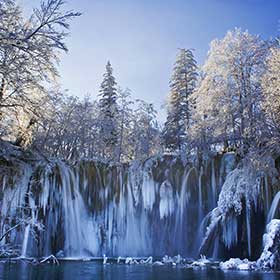
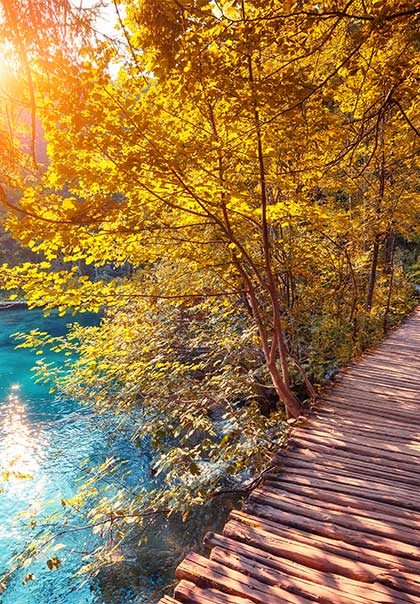
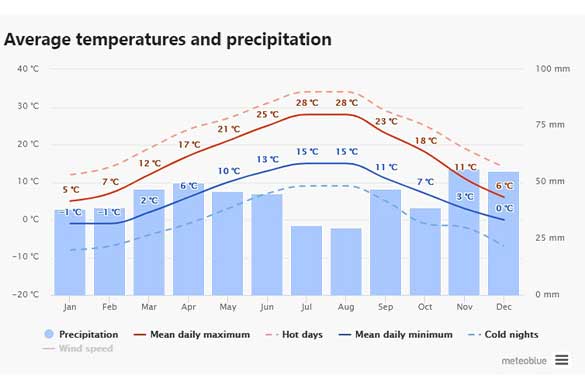
The weather
in Croatia
Croatia has a typical Mediterranean climate, with warm, dry summers and cool winters. It’s a great destination to visit year round depending on the type of activities you enjoy but tends to be most popular in summer when the weather is perfect for being outside. Spring brings mild, comfortable temperatures and is perfect for those who aren’t too bothered about lots of sun and want a quieter time of year to travel. This also applies to Autumn, when the summer heat has cooled down and the crowds are less.
Winter in Croatia is much cooler and you should pack lots of layers and warm clothes if you are travelling during this period. Temperatures normally don’t drop below 5 degrees celsius and snow is rare although might occur in the North and near Zagreb. It is rarely enough to close roads and halt travel plans however.
The Four Seasons in Croatia
Spring
March - June
By mid-Spring, the weather in Croatia is normally warming up nicely and the days start getting longer. The water is usually warm enough for a swim and sunbathing. However in typical European style, the weather can be unpredictable so always carry an anorak and jumper.
Summer
Late June - August
Summer in Croatia is hot and the days are long, which is perfect for cramming lots into your stay. Summer is the best time to island hop, sail or enjoy lots of water activities. It's also the busiest and most expensive time of year.
Autumn
September - Late October
Autumn is a great time to visit Croatia as the weather is generally still pleasant and the crowds a little less. It's perfect for visiting the national parks to see the leaves changing. Summer pricing is normally over so it's a more affordable time to visit.
Winter
November - Early March
Winter in Croatia is a lot cooler and you should expect regular rain. It rarely snows however it is possible. Many of the islands shut down over winter and water activites/sailing trips normally aren't possible. If you just want to explore the mainland with no crowds then winter might be the perfect time!
Festivals & Events
in Croatia
Croatia has a host of events and festivals that celebrate their culture and tradition. As well as this, the country is home to some of the most popular music festivals in Europe, attracting people from all corners of the globe.
Full Moon Festival
Zadar
(August)
Night of the full moon is a magical night that should not be missed if you are visiting Zadar around that time. During summer, on the nights of the full moon, the harbour is lit by torches and candlelight. Boats are transformed into floating booths and offer the best seafood you can find. Traditional dishes as well as cheese and brandy are on offer and you’ll experience a true Croatian tradition.
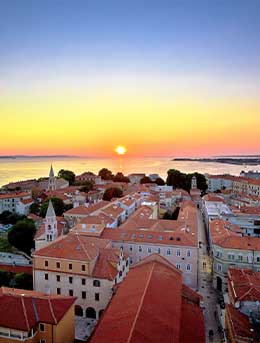
Dubrovnik Carnival
Dubrovnik
(February)
One of the most colourful events in Croatia, Dubrovnik Carnival occurs any day between the 1st and 5th of February every year. The popular saying of the event is “our ancestors had fun, and so should we” and so people dress up in elaborate costumes, masks and face paints. Normally the carnival is aimed at the youth.
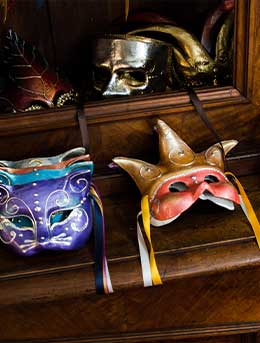
Rijeka International Carnival
Rijeka
(February)
This festival is held yearly, on the last Sunday before Ash Wednesday. Having started in 1982, it’s now the biggest event in Croatia and attracts up to 100,000 spectators. After the march, there is an act known as the burning of the Pust, a puppet. This puppet is blamed for anything negative that might have happened that year, and is placed on a boat and sent out to sea while burning.
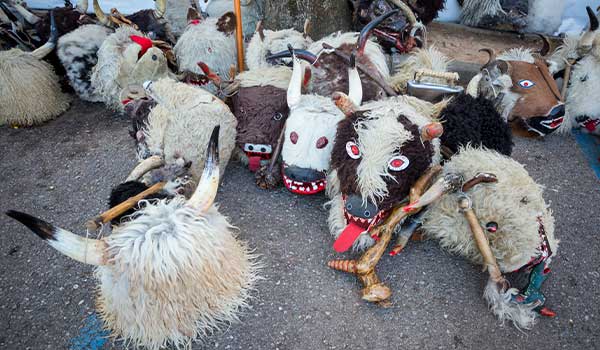
Feast of St Blaise
Dubrovnik
(February)
The Feast of St Blaise is held in Dubrovnik on the 3rd of February every year. Events start the day before, on the day of Candlemas, that commemorates the purification of the Virgin Mary. Celebrations include the release of white doves from the Church of St Blaise and the raising of the St Blaise flag. This is then followed by morning mass on the 3rd February. Concerts, exhibitions and performances are all part of the day.
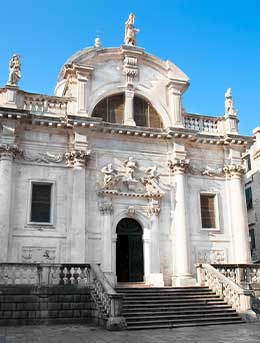
Split Summer Festival
Split
(mid-July to mid-August)
The Split Summer Festival is a popular art and culture festival which started in the mid 20th century. It includes a great variety of performing arts, from opera and ballet to concerts and theatre. The festival is mainly outdoors with an open-air theatre, located within the old town of Split.
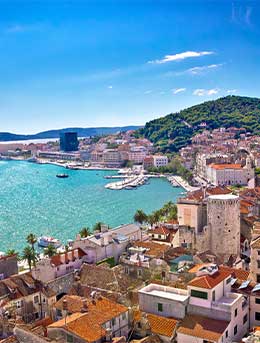
Croatian Statehood Day
(25th June)
The Croatian Statehood Day is celebrated on the 25th June each year and marks the country’s independence from Yugoslavia. As it’s an official state holiday, most people get to enjoy a day off work. Typical activities include a speech from the president, parades and other commemorations of the Croatian War of Indepence. This holiday is not to be confused with the official day of independence, which is October 8th.This is because after much negotiation it took until October 8th to cut all ties with Yugoslavia.
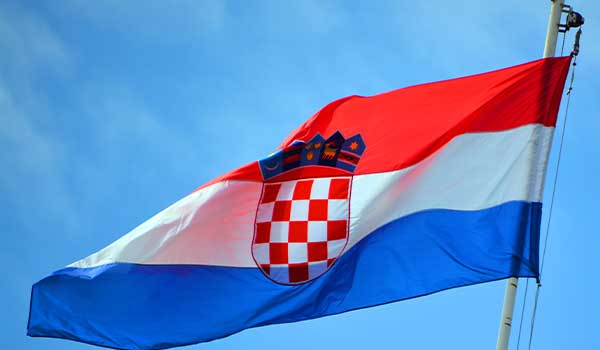
Night of the Museums
All over Croatia
(1st February)
Night of the Museums takes place in various cities all over Croatia, on the 1st February each year. Various museums, galleries and other cultural buildings open free to the public between 6pm and 1am. It's a popular event with locals, with around 300,000 people attending all over the country.
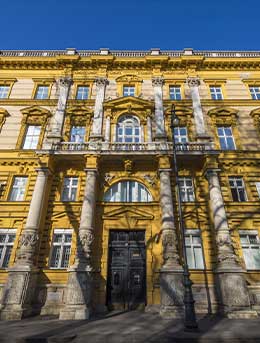
Sushi and Wine Festival
Zadar
(end March)
This popular foodie festival is now in its 5th year and puts on exhibitions, workshops and lectures on Japanese culture and food. The Zadar Tourist Board works alongside the Embassy of Japan in Croatia to provide an educational gastro festival.
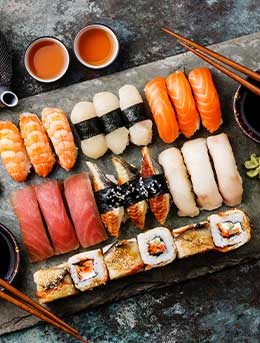
Pula Film Festival
Pula
(July)
The Pula Film Festival is the oldest of its kind in Croatia - it is now in its 66th year! Both international and local films are shown at different locations in Croatia, which includes the beautiful amphitheatre.
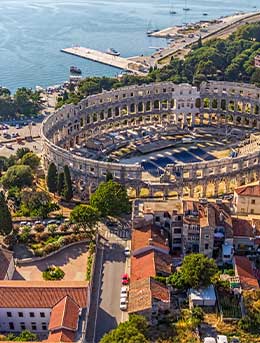
The Good Food Festival
Dubrovnik
(14th to 20th November)
The Good Food Festival is a popular event in Dubrovnik and offers food and drink tastings, culinary workshops and various other events. A great place to pop into if you are in the area!
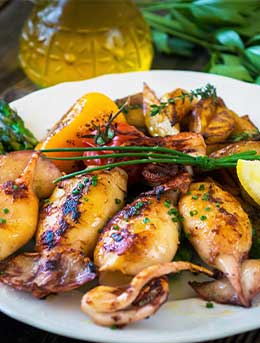
Christmas Markets
Everywhere
(December)
Christmas is one of the most magical times of year in Europe and Croatia is no different. Zagreb has the best markets in the country while Split and Dubrovnik (even with their Mediterranean climate) put their own spin on things.
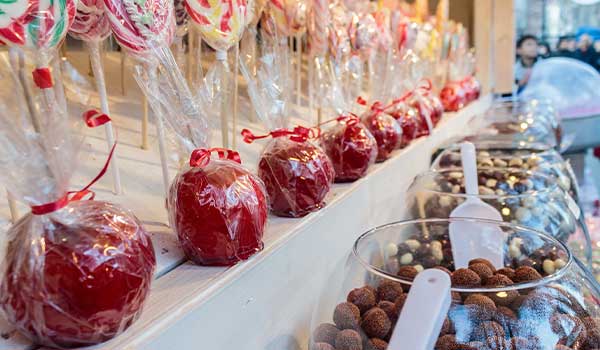
Other public holidays to be aware of when planning your trip to Croatia
Below is a list of public holidays you should be aware of when planning your trip to Croatia. Dates can change depending on the days of the week the holiday falls and so you should always double check prior to travelling to Croatia.
- 1 January - New Year’s Day
- 2 January - New Year's Holiday
- 6 January - Epiphany
- 22 April - Easter Monday
- 1 May - Labour Day
- 20 June -Corpus Christi
- 22 June - Anti-Fascist Resistance Day
- 25 June - Statehood Day
- 5 August - Victory and Homeland Thanksgiving Day
- 15 August - Assumption Day
- 8 October - Independence Day
- 1 November - All Saint's Day
- 25 December - Christmas Day
- 26 December - St Stephen's Day




